MSME and its innovation ecosystem
Updated: Dec 22, 2015 04:45:02pm
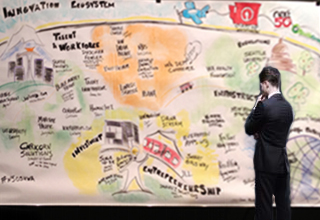
Wealth and oil are unevenly distributed around the world. But nature has been far more equitable, when it comes to the power of mind. That resource is per capita, to India’s benefit! As a nation, we should be brimming with ideas and innovations, and provide solutions to the world, right? But on the contrary, we have hardly had an impact on the world stage in innovations. Well, not so far. Why? A look by the author into few of driving forces and speed breakers in the Indian MSME innovation ecosystem.
MSMEs have the best structure to innovate. Their front end services or field team and back end research team would often have a great overlap, due to their small size. This would mean a great commercialization potential of their innovation. MSMEs typically would innovate, produce the initial products themselves and market their innovation. However there are many challenges, some systemic, and others cultural.
Innovation spend can be termed risky or at best, it has a long time lag for returns. Not every innovation will reach its commercialization stage or potential. The MSME is small and smart enough to innovate, but is not large enough to afford a long term business plan as a technology development enterprise. This cash flow risk also means the MSME does not need loans laced with personal guarantees for repayment, but needs a partner who can share risks. Read that to mean equity participation.
Government is the only entity whose decisions are not dictated entirely by financial returns. Government affords to factor in the long term socio economic benefits in deciding its investments. Thus Government has a big role to play until the market forces set in to drive the innovation industry. They can help convert the short term profit and sustenance motive of the MSME to a long term vision and business plan. Else innovation would remain in the realm of few MNCs and technology would remain expensive.
Government needs to be a partner in innovation. What is spent on supporting innovation will be a fraction of what the country will save from buying overpriced products from overseas for years. This is an investment, not a subsidy. A Government promoted corporation that can invest small amounts in equity in hundreds of enterprises for their specific innovation efforts at district level can change the ecosystem on its head. I would also daresay that this will turn out to be the best Government investment when seen in over a ten year timeframe, in terms of value of the IPRs created.
Innovation ecosystem needs soft funding. Indian financial system is culturally risk averse and asks very hard questions before offering soft funding. Yes, there is always the possibility of some funds being misused, but the approach of cutting every risk, adds many barriers. There is something to learn from credit card industry, how to accept and manage risks, and not throw the baby out with the bathwater. A more aggressive support system will result in encouraging thousands of innovators, who in turn will create tremendous IPR values, at the risk of a few bad apples misusing the system. Take some risks. The innovator is embarking on a different path and taking risks with his meager resources. The Government with its large coffers should resist the temptation to make a legally cast in iron lending document. This funding needs to have a flexible approach. The objectives may be altered, enhanced or shrunk during the innovation path. The officers’ brief must be to create IPR values, broadly justifying the spend over a three year period, being result centric and not process centric as is usually the case with Govt. spending.
The venture funds today prefer B2C stars with exploding top lines and non-existent bottom lines. They do not find appeal in small steady growing technology companies with excellent IPRs. Well, it is their money, their wisdom and their choice. For the record their strike rate is placed around 10%.
We have coined the word ‘Jugaad’ but also unnecessarily trivialized it. The ‘Jugaad’ artist has the right improvised solution to the problem, usually not a radically new technology. He always works on a frugal budget and has not formalized his IPRs. Give him some funds, and he will reposition himself as an innovator, as I believe, pretty much the rest of the world does. Without funds he remains just an interesting subject of discussion over a cup of tea in the locality.
An entrepreneurial approach to innovation will give good results. Scientists have a lot of knowledge about a finite area, and entrepreneurs have a finite knowledge in a lot of areas. The scientist will provide the core and critical enabler of innovative design or new technology. The entrepreneur with his fire in the belly, will connect all the other dots time efficiently and take it to the market.
Benchmark costs of products, going by earlier expensive imports, mean high pre-qualification financial values in tenders. Indigenous products will be and should be cheaper. But must an Indian innovator sell at high rates, only to be able to qualify, in future, in high pre-qualification turnover criteria in such tenders? Rather, government must find a better filter to screen bidders that factor in technical capability on material terms, not financial terms.
When buying from overseas, brand value is critical. This is because repair and replace warranties are cumbersome to invoke and administer in cross border sales. Outside of software industry this feature becomes very critical. Any strong and long standing international brand thus naturally evokes confidence. The brand carries many promises, most importantly a long trouble free product life. There is no reason to believe, Indian product life will be any less. Today’s material and workmanship can be proven by 3rd party certifications, but tomorrow’s lifecycle can always be uncharitably questioned. Indigenous innovation and products can compensate for the smaller brand value by offering great on site repair and replacement terms.
Candidates for innovation support cannot be selected on the basis of competitive pitching contests. Rather, the model should be based on whichever effort makes the cut, with an in principle budget-for-every-deserving-innovation’ approach. The budgets, in India, will be small for the tremendous returns that can be expected.
Indian patent regime needs more resources to reduce the time lag to patent examination stage. Optimistically the demand is set to increase even more in the years to come, and resource requirements will only increase.
An innovator’s wish list:
Have a format at grass root level for Govt. equity participation, administered by district level officials with a vision, and an aggressive target to develop IPR values.
Have a ready and cost effective scheme for MSMEs to test their innovations in facilities existing within Govt institutions. Resource utilization of these facilities will improve and the MSME can be spared some capital expenses. Our wish list includes a test tank where specified waves can be created.
International patenting costs money. A scheme of subsidy for international patenting will be of great help. This may be on equity sharing model for the deserving innovations as determined by the local official.
Ideally as an innovator, I would like to take a good idea to one technocrat or a small group, who decide within a week, if it makes the cut or not. Ideally he is an official who has a vision and is curious to hear about any new innovation, and not someone who is buried in files and paperwork. The equity disbursement, if it is selected, hopefully comes within a month.
This is one of the most interesting times in the country. There is a new mood and a new optimism in the country. Without sounding political, the credit for this is largely due to the sincerity and signals sent out by the new Govt. Tangible changes to the ecosystem will take time to reach ground level MSME innovator. But it is great feeling that Govt and the innovator’ goals are converging. This will unleash the strength of the Indian mind. (KNN/DC)

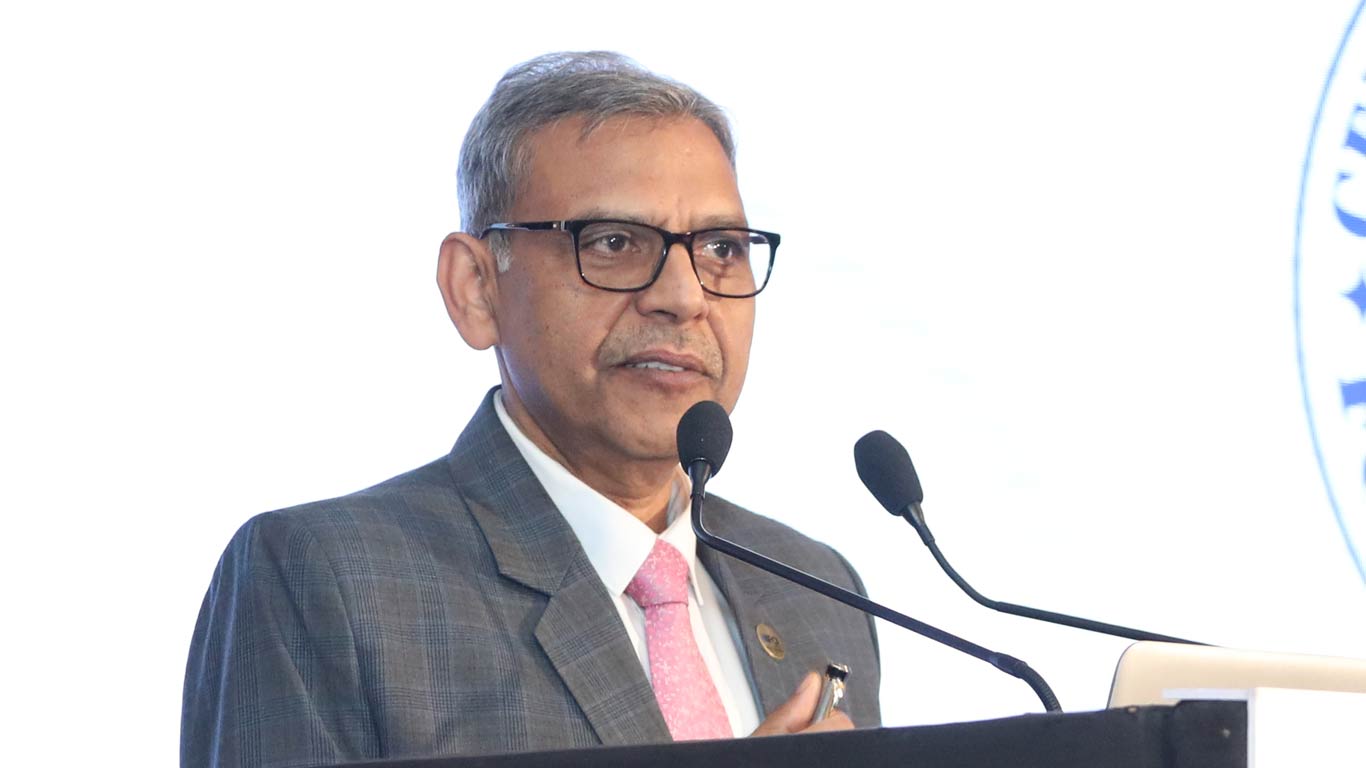
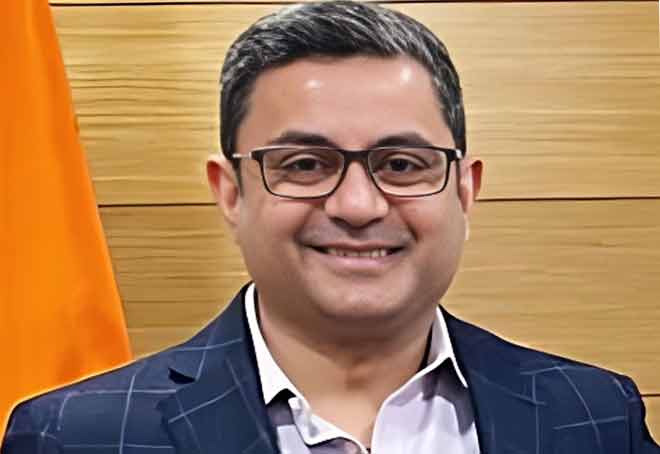
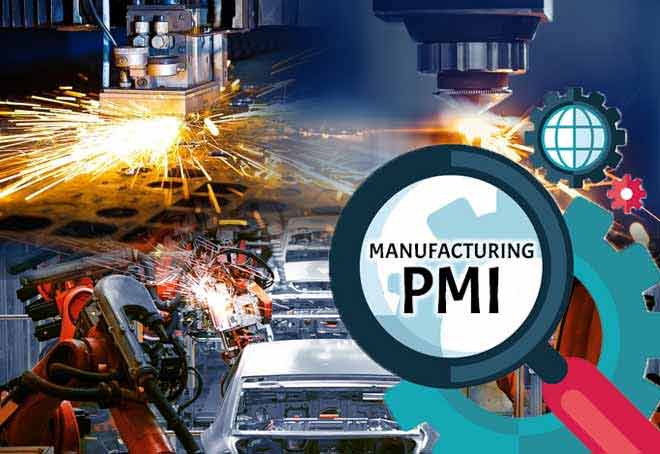
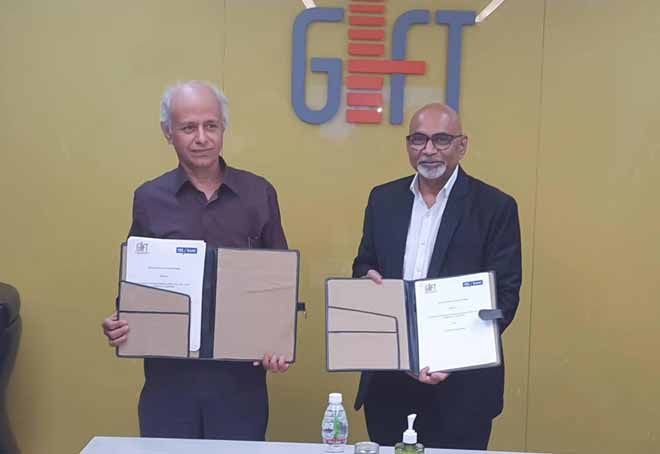
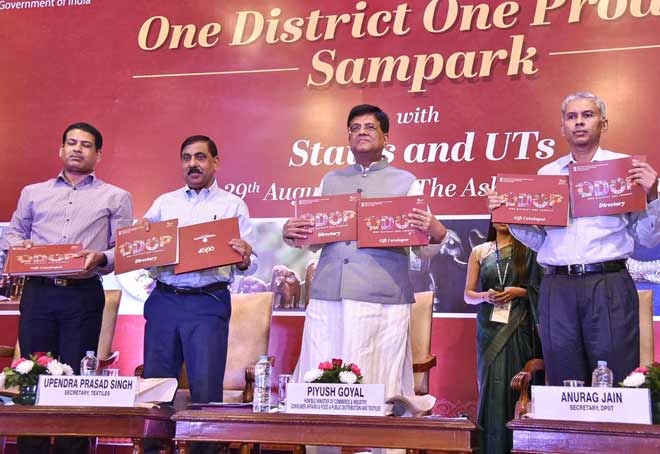






